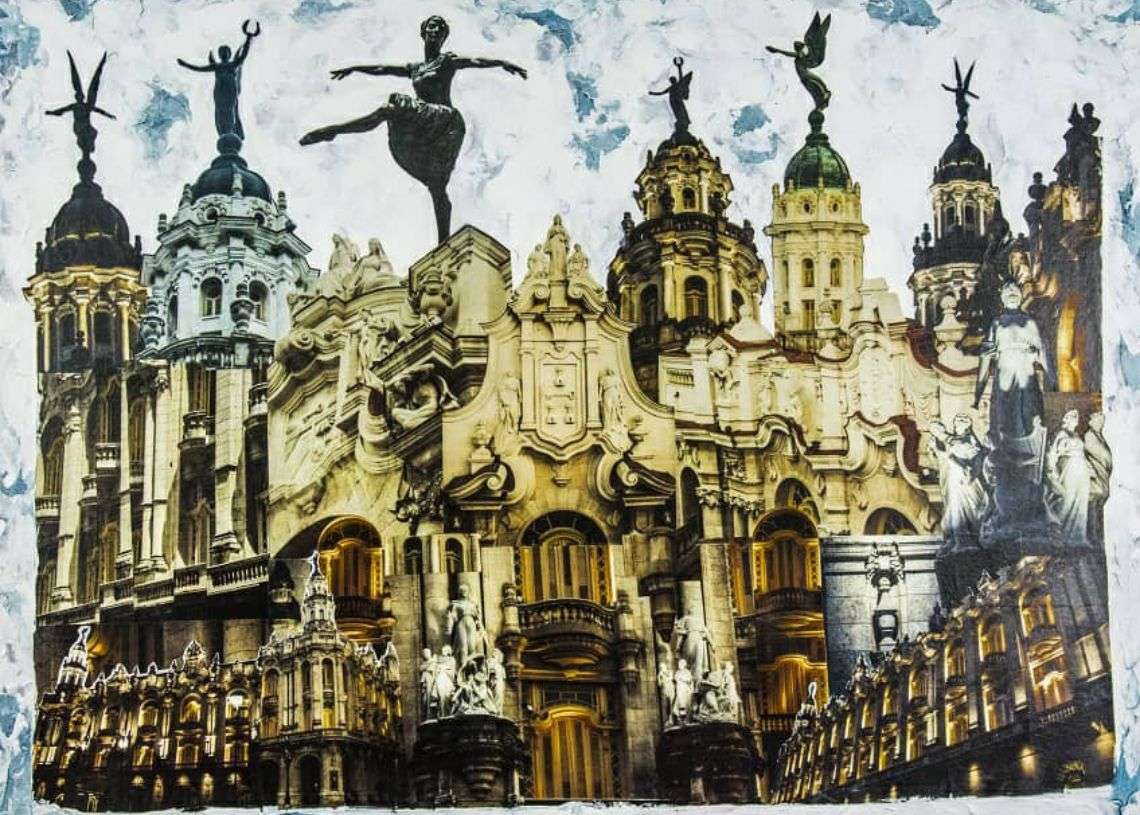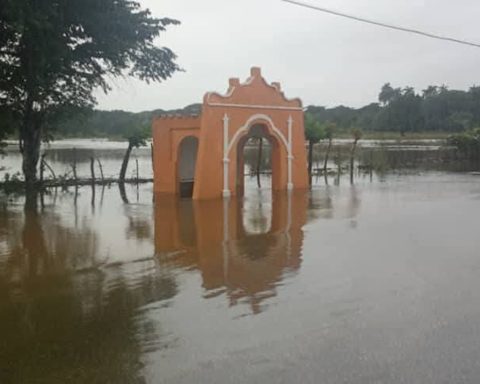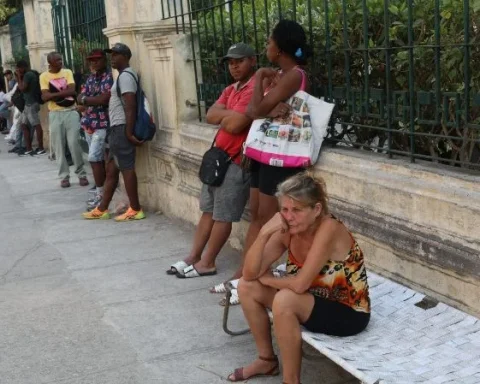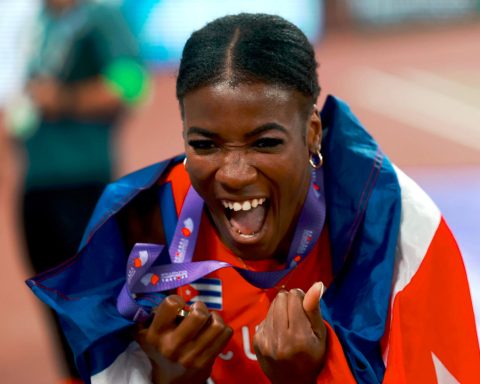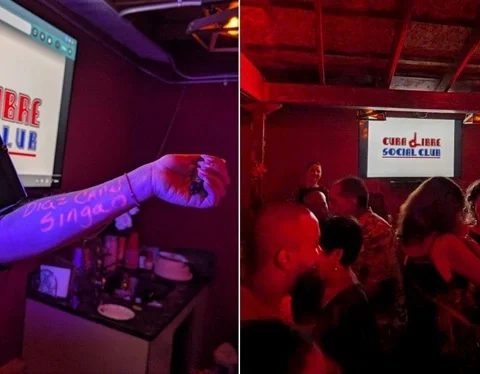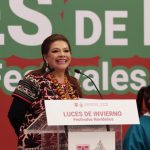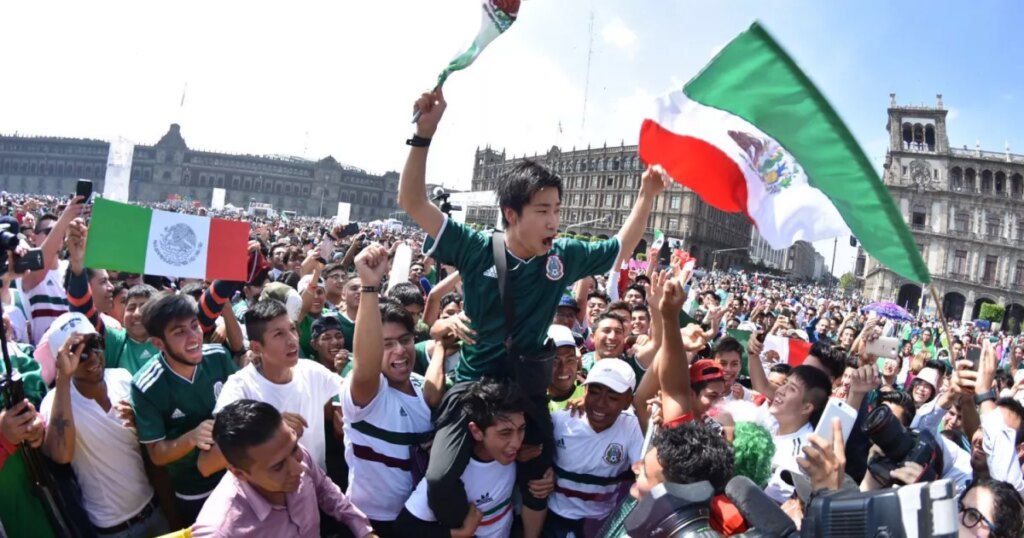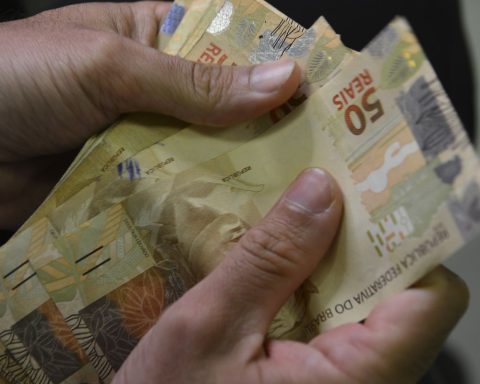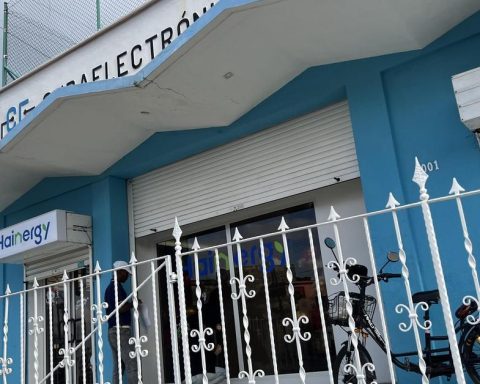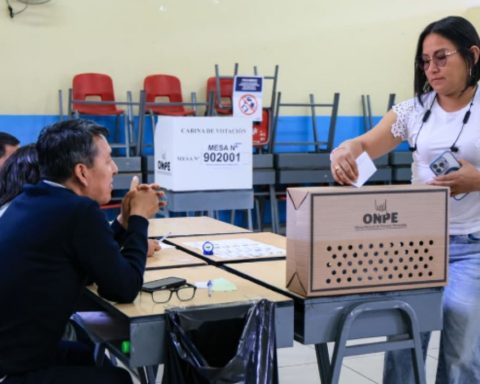Fourteen pieces make up the exhibition of the photographer Sonia Almaguer and the painter Denys San Jorge that inaugurates the lobby-gallery space of the Hotel Nacional de Cuba, where the gazes of the photographer Sonia Almaguer (Holguín, 1971) and Denys San Jorge (Artemisa , 1984).
For the researcher, poet and art essayist Jorge R. Bermúdez, The Havana that they have given me, the Havana that I leave you “appeals to a resource for the construction and deconstruction of the architecture of the city from the technique of collage, with proven expressive possibilities and visual appeal. Neither Sonia nor Denys are just another stroller, but rather witnesses to an act of life that is renewed every morning with sunrise: making the emblematic buildings of the city the central issue of a visual identity that identifies them as art makers. ”.
“The idea is to recreate ourselves in the architecture of Havana, a city photographed, painted and drawn endlessly because it deserves and inspires it,” Sonia Almaguer, a graduate in Art History from the University of Havana, told OnCuba.
What did they propose with this work?
Both Denys and I seek to create a game with the shapes and elements of the architecture of some of the most emblematic buildings in the capital, as a way of rebuilding a new building, with ‘imaginary’ entrances and spaces at our whim; always respecting the basic rules of its architecture. That is where the use of capricious colors, shapes and allegories came in to highlight particularities of the building or elements that, due to their height or because they are inside the enclosure, go unnoticed by the common passerby. We were highlighting those details, creating a new composition that goes almost from the figurative to the abstract.
An example is the building of the Gran Teatro de La Habana. We were able to place (thanks to the technique of collage) the figure of Alicia Alonso, the work of maestro José Villa Soberón, at the height of the other angels that crown the domes of the Gran Teatro, giving Alicia a leading place in that: her favorite setting.

In our project there is no nostalgia for ‘another’ Havana. Simply an appropriation of its artistic values to recreate from photography and collage new forms, new identities and propose another look.
How did the idea of working with Denys, who is not from Havana, come about?
We met thanks to photography. He is a great plastic artist, graduated from San Alejandro, who was beginning to venture into photography as an apoygatura to record his compositions with mechanical tools, he has a great project called Mechanical Toponymy and it is going around the world.

Thanks to our fondness for photography we met and in those wanderings around the city it occurred to us to do the job, since my specialization is photography and Denys’s is the technique of collage, from the photos and the edition that is carried out, considering an original idea of the building to work on. Then we put together the composition and paste with those atmospheres that surround the building.
It is a very traditional work, with a lot of detail, which takes us first hours of walking and then days of cutting and gluing; but it is very comforting when we discover the forms that the building itself sometimes imposes on us. Denys has an additional job: coming from Bauta to Havana, over and over again, under the current conditions.
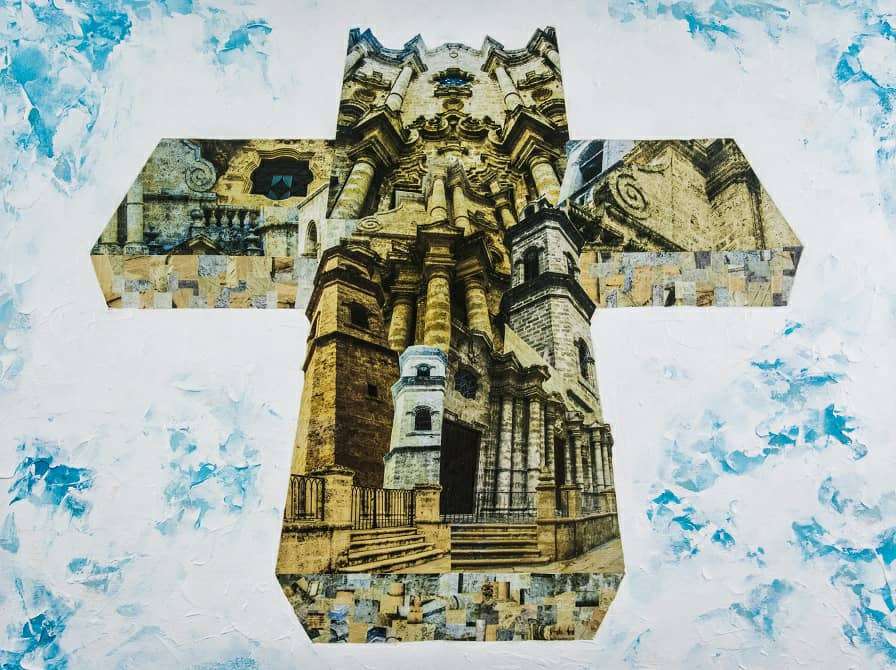
Is the look of someone who was not born in the capital more curious when looking at details that the locals do not perceive?
Both those born in the Cuban capital and visitors from other provinces or abroad come to a creative, whimsical Havana, seen from art. I think we have achieved it since we started working and friends, family members were seeing our work…
People feel confused by the new proposal, until they discover thanks to those most common elements that the building in question is engraved in their minds. Sometimes they tell us about details that they had not noticed before. We believe that the project serves to refresh and humanize our Havana from the infinite possibilities and techniques that art offers.

